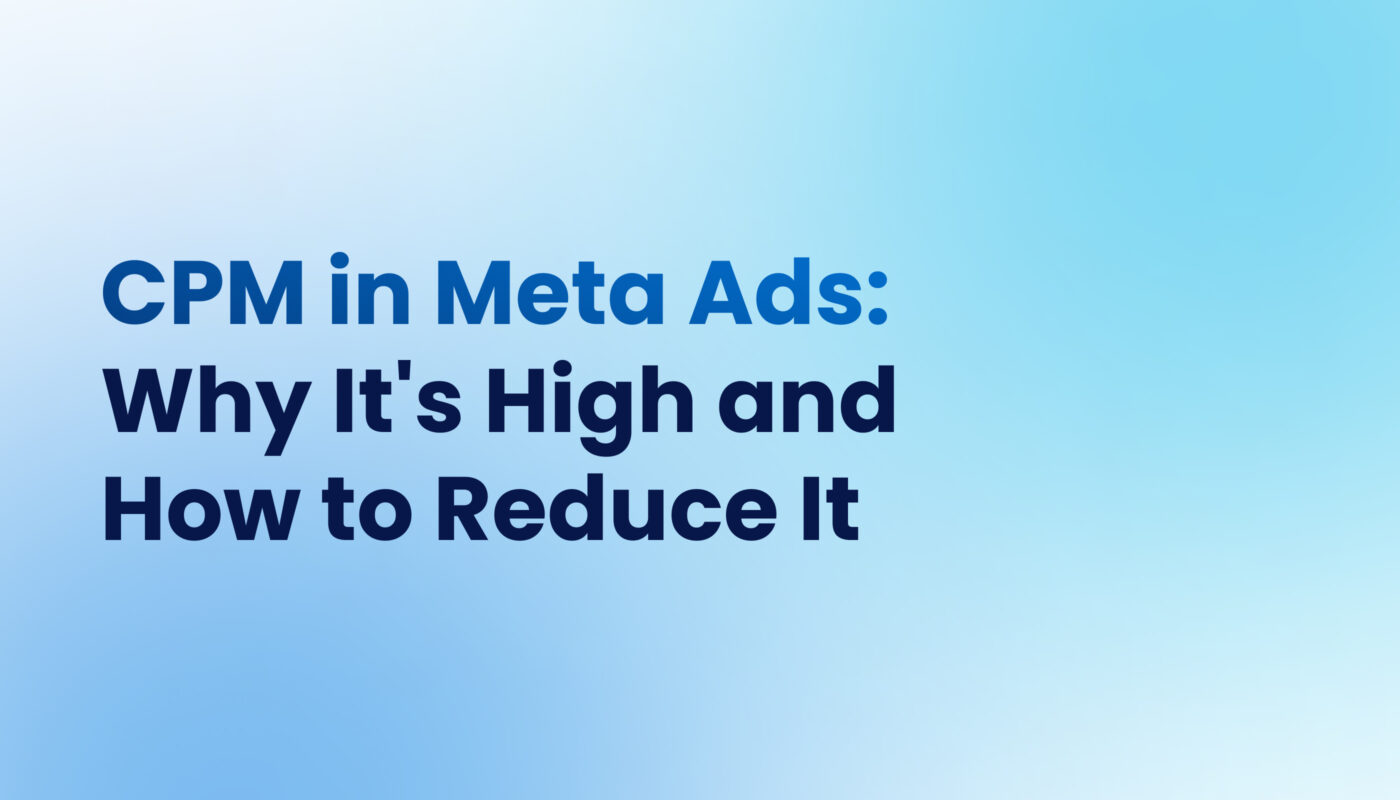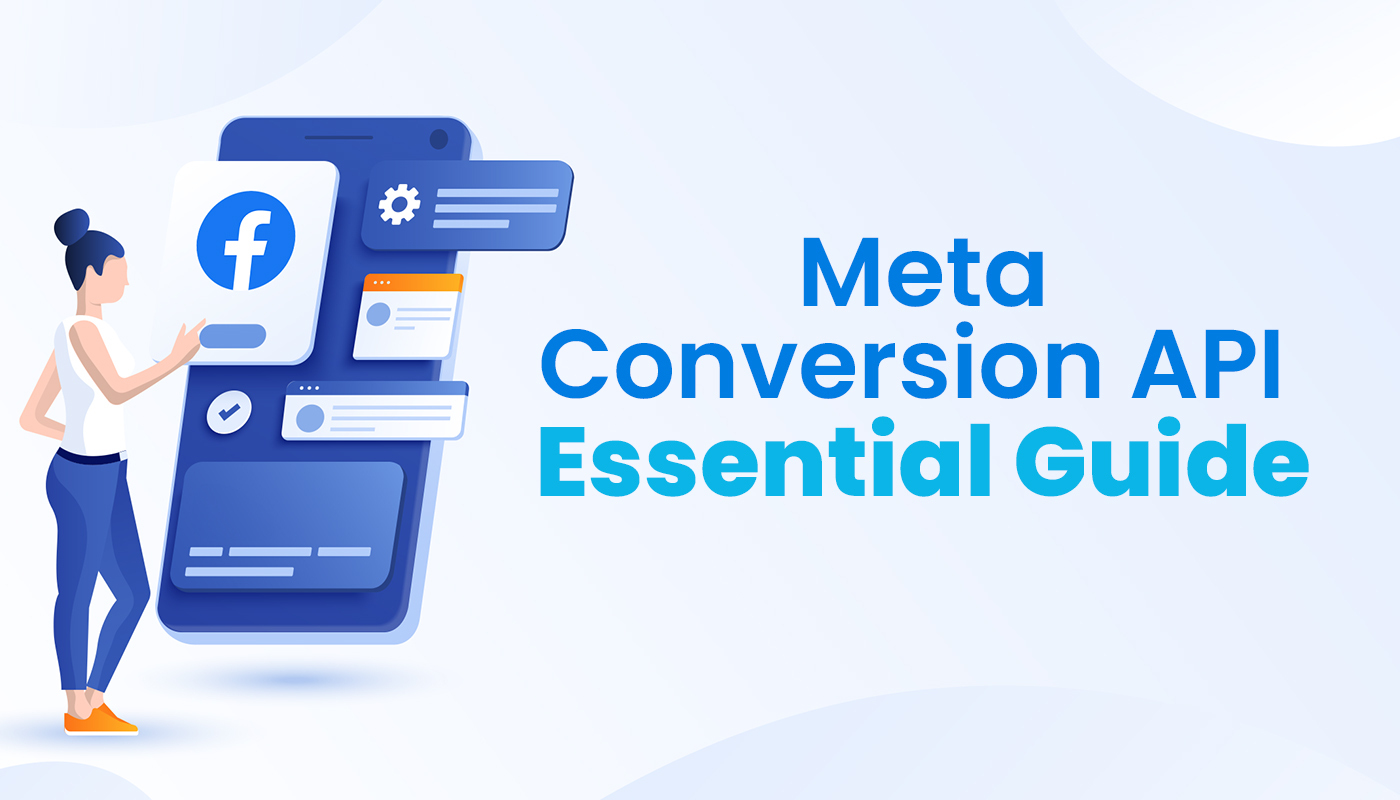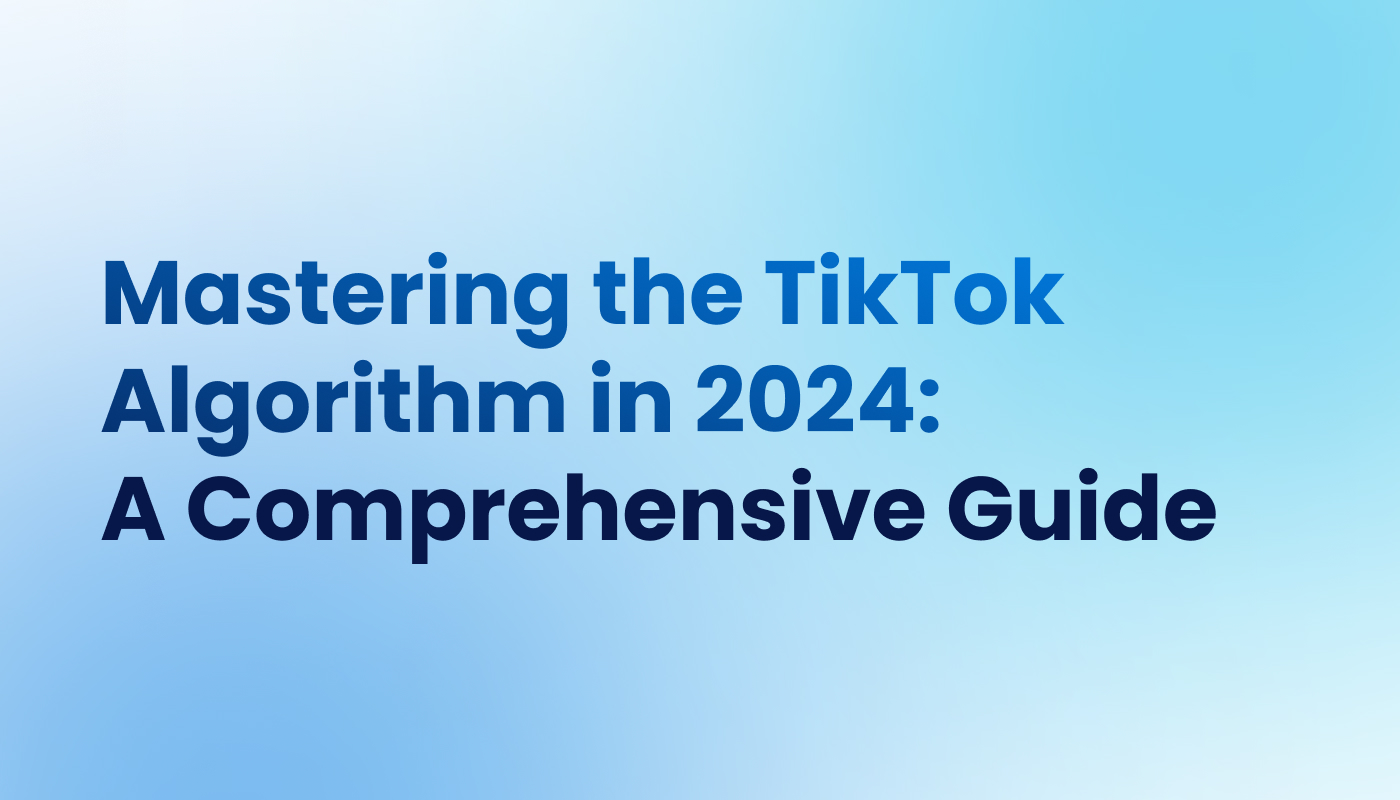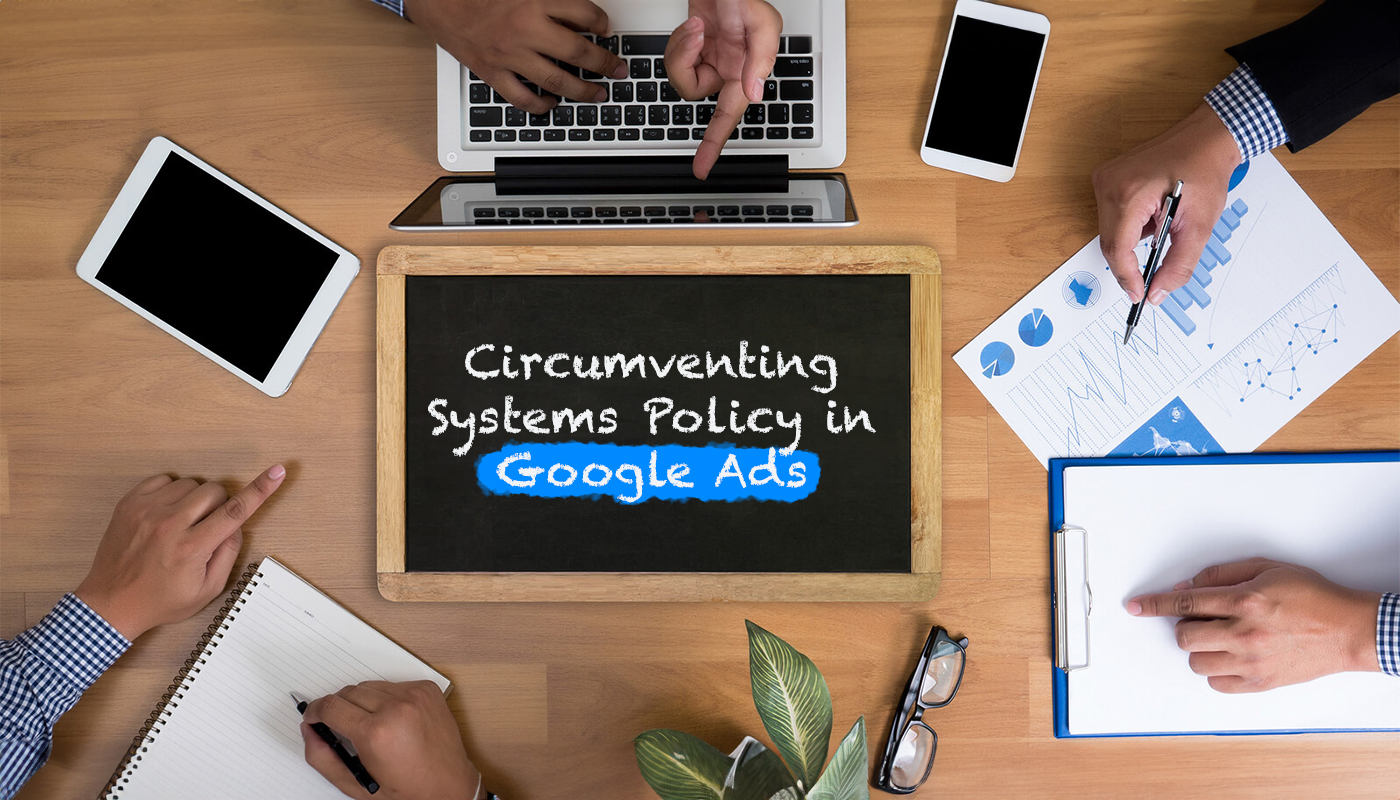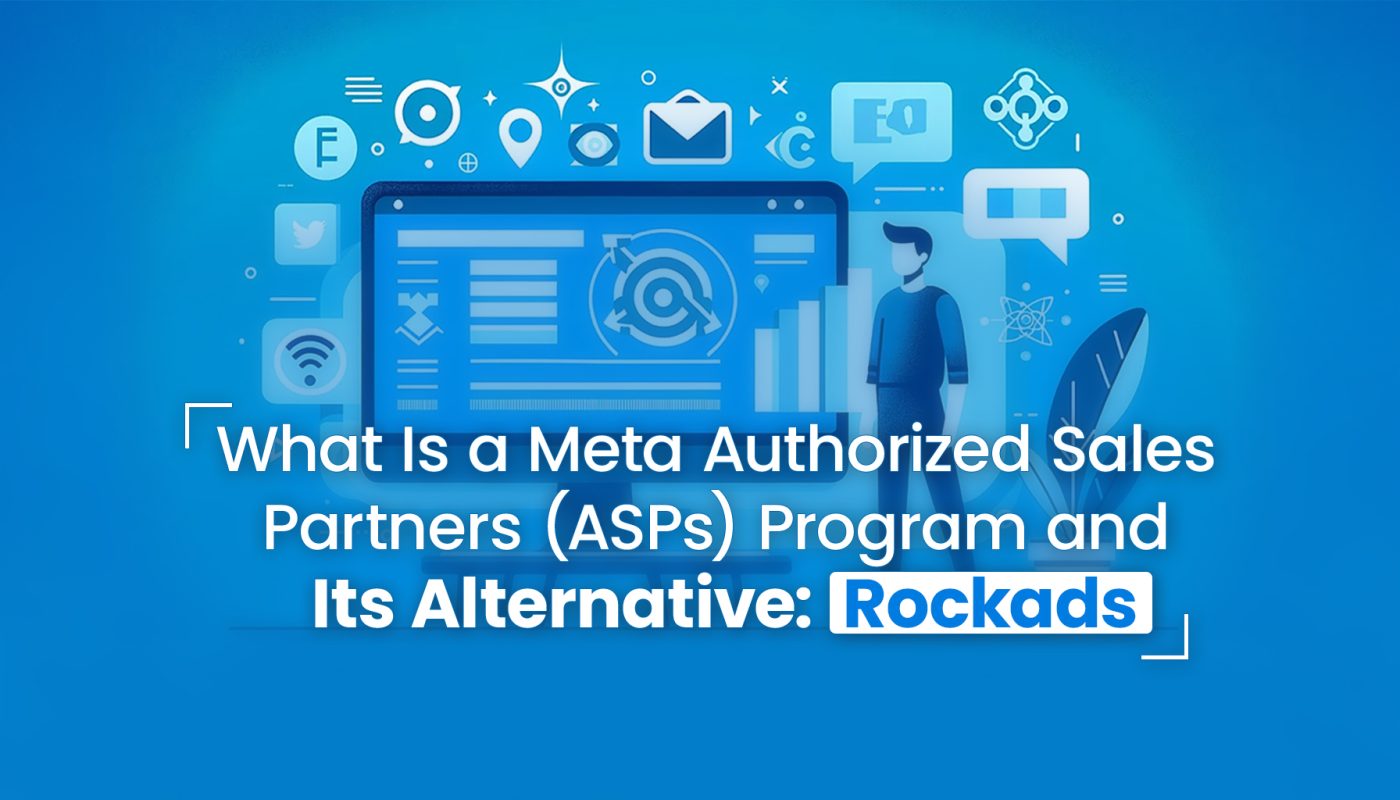
11 July 2024
Navigating the Future of Meta Ads: Adapting to the Removal of Detailed Targeting Exclusions
Introduction
As of July 15, 2024, Meta is set to introduce significant changes to its ad targeting capabilities, specifically the removal of detailed targeting exclusions. This shift, driven by data indicating enhanced campaign performance, is poised to redefine how marketers approach audience segmentation on the platform. For Meta marketing experts, understanding and adapting to these changes is crucial to maintaining and improving campaign efficacy.
Understanding the Change
Meta’s decision to eliminate detailed targeting exclusions is based on a compelling statistic: a recent advertiser test revealed that the median cost per conversion was 22.6% lower when detailed targeting exclusions were not used. This finding underscores the potential benefits of streamlining targeting processes, potentially leading to more efficient and effective ad spend.
Starting July 15, 2024, marketers will no longer be able to use detailed targeting exclusions in new ad sets. This change will roll out gradually, with a full enforcement date set for January 31, 2025. Existing campaigns will remain unaffected until then, providing a transitional period for advertisers to adjust their strategies.
Key Changes and Timeline
- July 15, 2024: New ad sets cannot use detailed targeting exclusions.
- July 15, 2024 – January 31, 2025: Warnings will be displayed in Ads Manager for ad sets using detailed targeting exclusions.
- January 31, 2025: Campaigns using detailed targeting exclusions will stop delivery.
Impact on Campaign Management
The upcoming changes necessitate a proactive approach from advertisers. Meta will display warning banners in Ads Manager, alerting users to ad sets affected by the new policy. To ensure uninterrupted ad delivery and optimize campaign performance, marketers must:
- Review and Edit Affected Ad Sets: Use the Ads Manager to identify and modify ad sets that include detailed targeting exclusions.
- Remove Detailed Targeting Exclusions: Navigate to the Audience section in Ads Manager and eliminate any detailed targeting exclusions before publishing the ad set.
Exploring Alternatives
While detailed targeting exclusions are being phased out, Meta continues to offer alternative methods to refine audience targeting:
- Custom Audience Exclusions: These allow for precise exclusion based on user interactions, ensuring that ads are not shown to irrelevant audiences.
- Audience Controls in Advertising Settings: Marketers can restrict audiences based on factors such as brand protection or employment, maintaining a degree of control over ad visibility.
Insights from Industry Experts
Search Engine Land and Jon Loomer have both provided in-depth analyses of these changes, offering valuable perspectives and practical advice for navigating this transition.
- Search Engine Land emphasizes the empirical evidence supporting Meta’s decision, explaining the benefits of a simplified targeting approach and outlining the steps advertisers need to take.
- Jon Loomer highlights the strategic alignment of this move with Meta’s broader goals. He advises marketers on how to leverage custom audience exclusions and other targeting controls, ensuring that campaigns remain effective and compliant with the new rules.
Conclusion
The removal of detailed targeting exclusions represents a pivotal moment for Meta advertisers. By embracing this change and adapting their strategies, marketers can achieve more efficient and impactful campaign outcomes. As the industry evolves, staying informed and proactive will be key to maintaining a competitive edge.
For Meta marketing experts, this is an opportunity to refine targeting approaches, explore new methods of audience segmentation, and ultimately drive better performance. By understanding the rationale behind Meta’s decision and utilizing the available tools and insights, marketers can navigate this transition smoothly and continue to thrive in the dynamic digital advertising landscape.
SHARE
